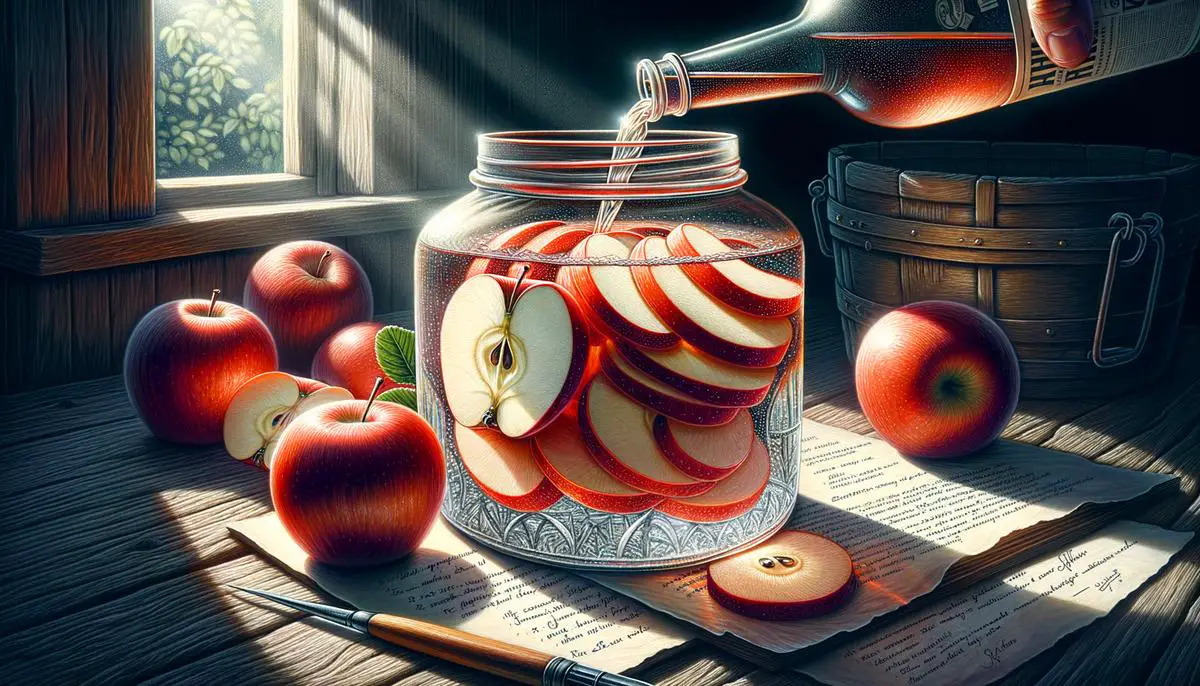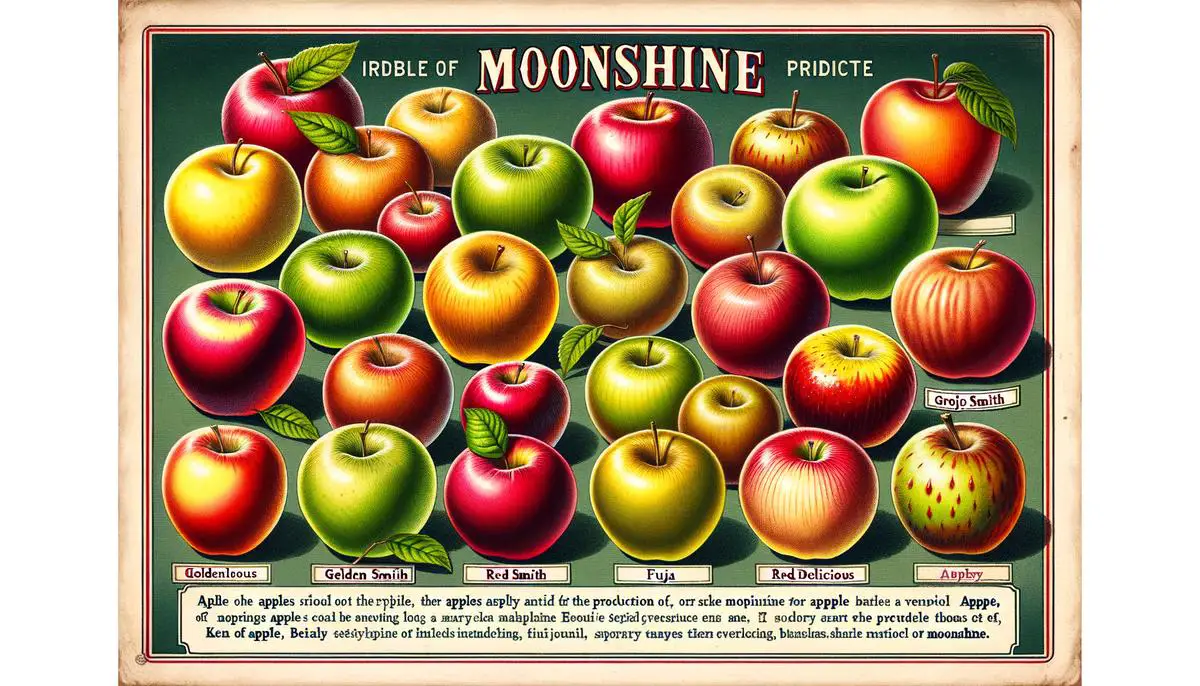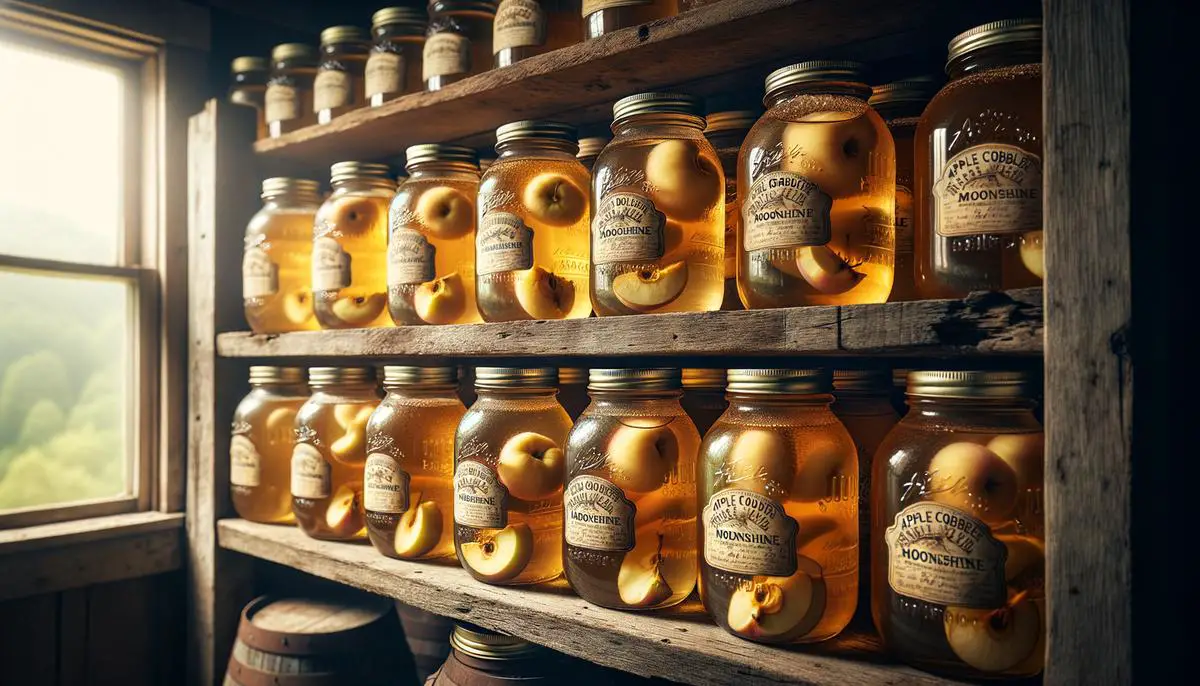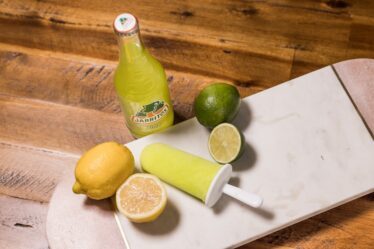
Making moonshine at home is an exciting adventure that starts with a simple yet important choice: selecting the right apples. This choice lays the groundwork for the quality and taste of your moonshine. This article explores the essentials of choosing apples that will enhance your moonshine’s flavor, ensuring a result that might just become the talk of the town. With the right balance and a bit of local flair, you’ll be on your way to creating something truly special.
Selecting the Right Apples
How to Choose the Perfect Apples for Moonshine?
Diving into the world of homemade moonshine can be as thrilling as it is daunting, especially when it comes to picking the perfect apples. Just like how every artist has their favorite paint, every moonshiner has their go-to apple variety. Let’s not beat around the bush – the right apples can make or break your moonshine. So, grab your baskets, and let’s get into how you can choose the perfect apples for that crisp, delicious moonshine that’ll have everyone asking for your secret recipe.
First things first, know your flavors. Apples come in a dizzying array of types, each with its unique taste. For moonshine, you’re looking for a balance of sweet and tart. Think of a musical duet where both performers harmonize without overpowering each other. Sweet varieties like Fuji, Gala, and Honeycrisp bring the sugary melodies, while tart types like Granny Smith, and McIntosh add that sharp, tangy counterpoint. Combining these apples can create a symphony of flavors that’ll make your moonshine sing.
Now, let’s talk freshness. Just like you wouldn’t choose a bruised banana for a smoothie, don’t settle for less with your apples. Look for apples that are firm with no soft spots or bruises. Freshness is key – the fresher the apple, the more vibrant and robust your moonshine flavor will be. Think of it as casting the lead role in a play; you want the star of the show to be at their best.
Another tip? Go local. There’s something special about locally sourced apples. They’re often fresher than their grocery store counterparts, plus you’re supporting local farmers. It’s a win-win. Local apples can also provide unique flavors that can set your moonshine apart. It’s like adding a secret ingredient that no one else can replicate.
Lastly, don’t be afraid to experiment. Making moonshine is an art, and every artist needs to experiment. Mix different apple varieties. Play around with the ratios. It’s like baking a cake – sometimes, you need to tweak the recipe to get it just right. Who knows? You might just discover a combination that’s uniquely yours.
Choosing the perfect apples for your moonshine doesn’t have to be a chore. Think of it as the first step in crafting a masterpiece. With the right balance of sweet and tart, freshness, local varieties, and a dash of experimentation, you’re well on your way to creating a batch of moonshine that’s sure to impress. So, roll up your sleeves, and let’s make some moonshine magic!

Preparing the Apple Cobbler Mixture
Now, let’s dive into the heart of creating a flavor-packed apple cobbler mixture, a journey that’s both comforting and exciting, full of sweet and tart notes that dance on your palate. Getting this right will not only make your cobbler stand out but will have everyone asking for seconds (or thirds, who’s counting?)
First things first, the secret sauce – well, not quite sauce, but sugar! You’ll need a blend of white and brown sugar. Why both, you ask? Here’s the scoop: white sugar sweetens the deal without overpowering the apples, while brown sugar brings a cozy, molasses-like depth. Think of it as a dynamic duo, where each supports the other, creating a perfect balance of sweetness.
Next up, spices – because what’s an apple cobbler without a warm hug from cinnamon and a gentle kiss from nutmeg? These aren’t just any spices; they’re the soul of your cobbler mixture. Cinnamon adds warmth and complexity, and nutmeg introduces a subtle spice that complements the apples flawlessly. Go easy with the nutmeg though; like a potent perfume, a little goes a long way.
Don’t forget the thickener! There’s nothing sadder than a soupy cobbler. For that thick, luscious filling, cornstarch is your friend. It works behind the scenes, ensuring your apple mixture is just the right consistency – not too runny, not too thick, but perfectly spoonable. Just whisk a bit in with your sugars and spices, and watch the magic happen in the oven.
But wait, there’s more – a splash of lemon juice! This might seem out of left field, but trust me. Lemon juice doesn’t just add a bit of zing; it elevates the apples, cuts through the sweetness, and ties all the flavors together. It’s like that unexpected guest at a party who ends up being the life of it.
And there you have it, the secret to a flavor-packed apple cobbler mixture that’s bound to steal the show. Remember, baking is more art than science, so feel free to adjust to your taste. More spice, less sugar, a bit more lemon zest – make it your own. Now, grab those peels, get mixing, and ready yourself for a cobbler that’s not just a dessert, but a memorable experience. Enjoy your baking adventure!

Moonshine Infusion and Aging Process
Alright, moonshine aficionados, let’s dive into the heart of apple cobbler moonshine—aging it to perfection. If there’s anything more satisfying than crafting your own moonshine, it’s cracking open a jar that’s been aged just right. So, how long should you let those jars sit to achieve that beautifully balanced, lip-smacking flavor? The answer isn’t as straightforward as you might think, but don’t worry, we’ll walk through this together!
First off, let’s get one thing clear: patience is key. You can’t rush perfection, and when it comes to moonshine, time is your best friend. For a basic rule of thumb, aim for a minimum aging period of two months. Yes, it sounds like a long wait, especially when you’re eager to sample your creation, but trust me, it’s worth it. During this time, the punch of the alcohol softens, allowing the rich flavors of the apple, cinnamon, and that sweet cobbler goodness to really shine through.
But here’s where it gets interesting – if you’re after an even deeper, more complex flavor profile, anything from four months to a year (if you can stand the wait) is your sweet spot. Over this period, the flavors not only meld together beautifully but also develop new, subtle notes that you wouldn’t get from a shorter aging period. The apples and spices start doing a harmonious dance, resulting in a moonshine that’s smoother, richer, and has a character all its own.
For those of you thinking, “But what about the over-agers?” well, aging your moonshine for more than a year might not add any more benefits. After hitting the year mark, flavors tend to plateau, so there’s a diminishing return on letting it sit longer. Plus, who wants to wait more than a year to enjoy their hard work?
Now, remember, storage conditions matter. Keep your moonshine in a cool, dark place away from direct sunlight. Temperature swings and light can interfere with the aging process, so treat your moonshine like the treasure it is.
So there you have it, a guide to patience and perfection in liquid form. Start checking on your moonshine at the two-month mark, sample if you must, but know that a little more time could bring out something truly special. Whether you’re aiming for a smooth sipper or a flavor-packed holiday gift, the wait will be your secret ingredient. Happy aging!

Choosing the perfect apples for your moonshine and preparing a standout apple cobbler mixture doesn’t just add to the fun of home brewing; it elevates your creation into a delightful experience for anyone lucky enough to taste it. Whether experimenting with apple varieties, mastering the aging process, or putting a personal twist on your recipes, what you’re crafting is more than just moonshine or dessert—it’s a memorable expression of your dedication and creativity. So, keep these tips in mind, give your concoctions the care they deserve, and you’re sure to create something extraordinary that captures the essence of your hard work and passion.



